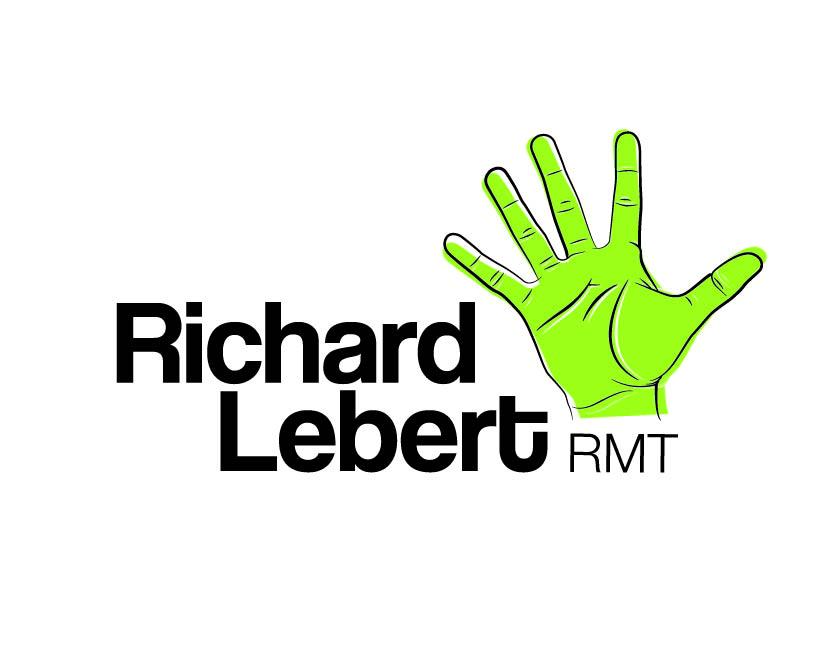What happens to your skin when you get sunburnt?
/"Sunburn is a radiation burn, caused when the ultraviolet (UV) rays of sunlight damage DNAin the upper layer of skin cells. The sun emits three kinds of UV radiation – UVA, B and C. UVC is mostly absorbed by the earth’s atmosphere, but UVA and B rays reach the ground and can penetrate unprotected skin. UVB penetrates the epidermis, the top layer of the skin, while UVA goes deeper."
Read More






